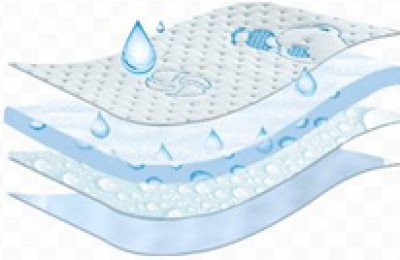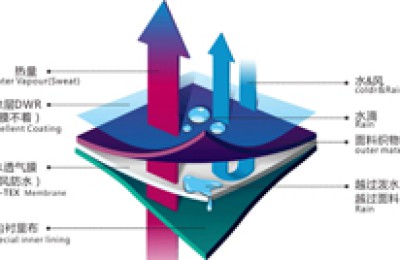In the past two days, the CF2009 contract, the main contract of Zheng cotton, once again stood at 12,000 yuan/ton. It rose strongly in the afternoon of the 22nd and hit the position of 12,400 yuan/ton. With the recent strength in futures prices, spot trading methods have quietly changed. It is understood that recently, fixed price has gradually become the mainstream sales method for cotton traders and processing plants.
According to some cotton companies in Jiangsu, Zhejiang and other regions, most cotton was used to hedge risks in the early stage, and its main sales method was basis quotation. Therefore, when futures prices fell, The number of customers who are willing to inquire and place orders will increase, and otherwise, there will be slow sales. Now that futures prices have risen, the price-performance ratio has declined, and placing orders through price points requires multiple verifications with the buyer and close attention to market trends, making the order signing inefficient; more importantly, some cotton companies have already based their own arbitrage advantages on When the futures price shows a certain floating profit, the benchmark position has been closed, and the spot position will be locked and unwound for package sales. Therefore, now that futures prices have risen, spot sales will be sold at a fixed price, which can not only ensure a competitive advantage in terms of price, but also improve transaction efficiency, which is conducive to the rapid profitability of the company itself.
According to feedback from some downstream textile enterprises and trading buyers, the superiority of the recent fixed-price resources has also been confirmed. According to a Henan textile company, some suppliers currently have a resource basis difference of about 28/29 length and 27 strength at 350-550 yuan/ton, which translates into a spot price of more than 12,500 yuan/ton, and the one-price package can offer a discount of at least 100 yuan. /Ton. Therefore, some buyers simply select only fixed-price sources for negotiation. At present, the market generally believes that the mid- to long-term focus of cotton prices will continue to move upward. Therefore, some cotton mills have the intention to build positions at low prices. Although the quantity is still quite satisfactory, compared with March and April, the frequency and quantity of orders have increased.
With the gradual recovery of the textile industry, it has become inevitable for cotton price valuations to return to the right track. The recent quiet changes in market transaction methods may reflect from another aspect that the confidence of upstream and downstream enterprises is constantly improving, coupled with investment Long funds still have expectations for the cotton market, and there is still hope for cotton prices to continue to break through. </p







